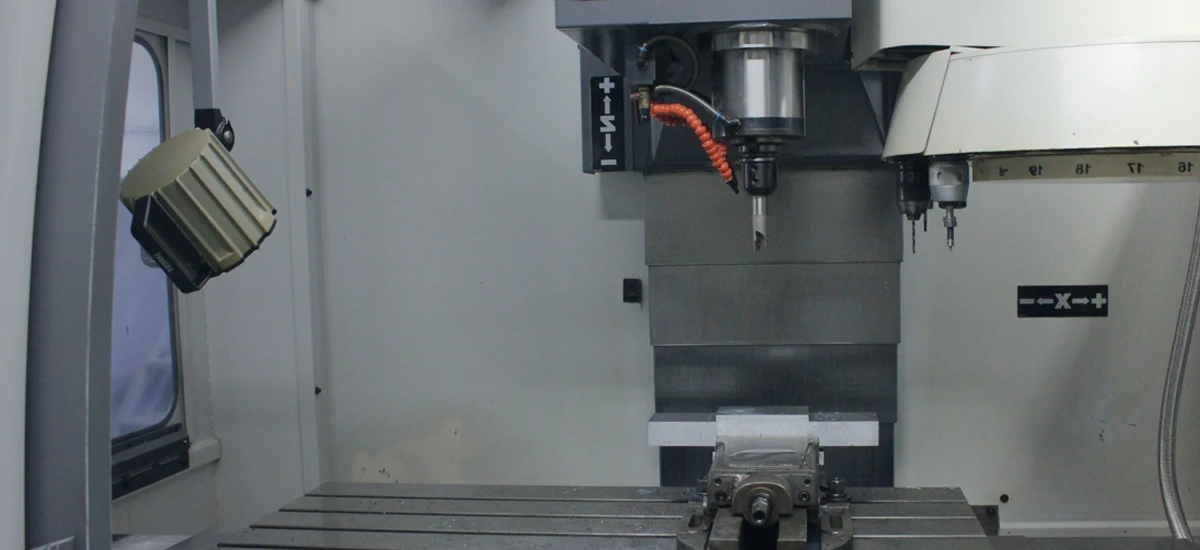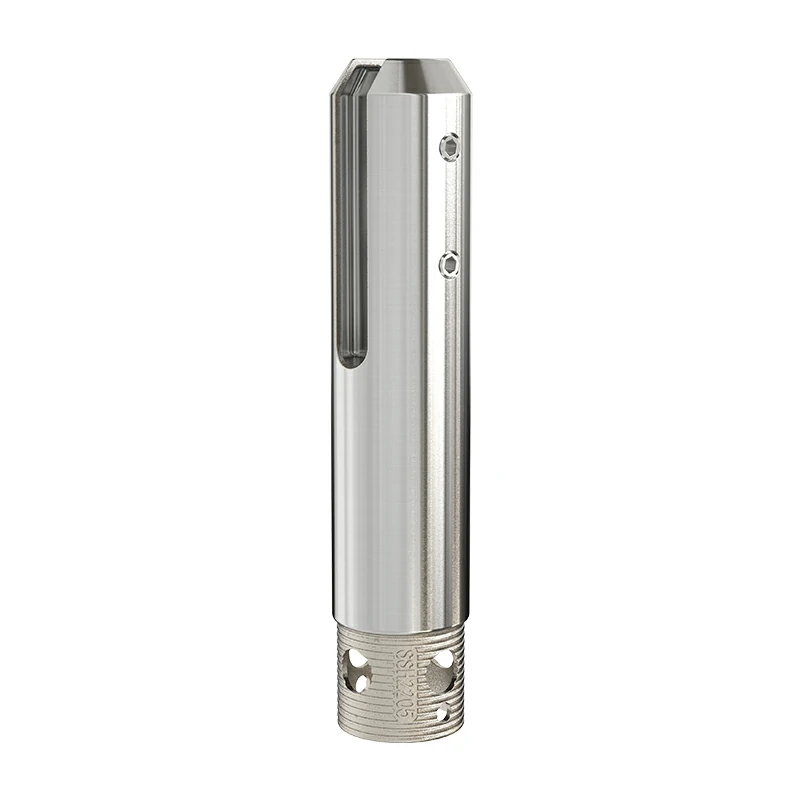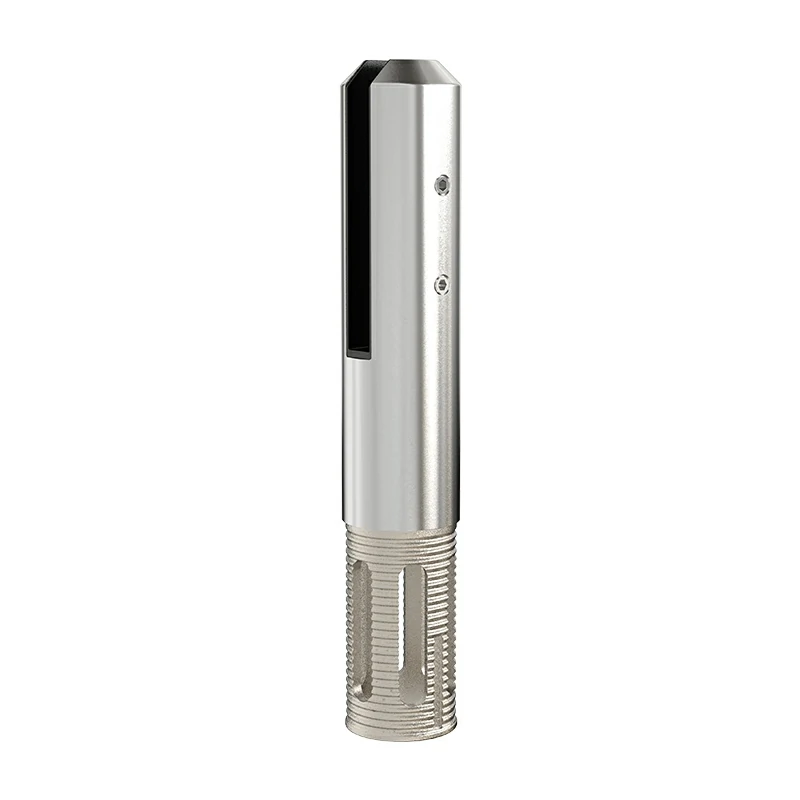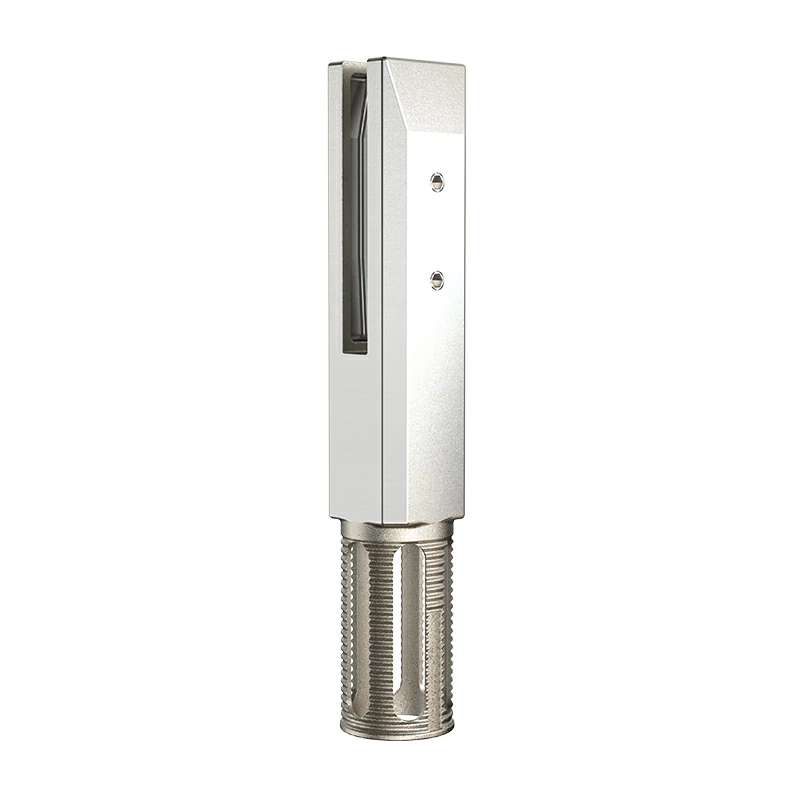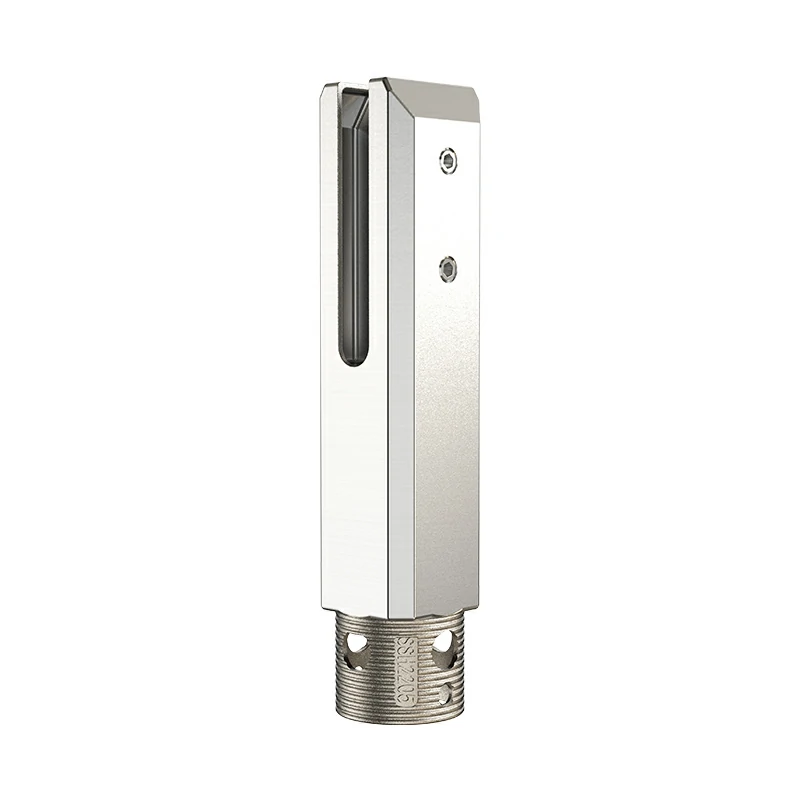CNC Horizontal Lathe (CNC Horizontal Lathe) Introduction
-
1. Definition:
CNC Horizontal Lathe is a metalworking machine tool controlled by a computerized numerical control (CNC) system for performing rotary machining on workpieces. Horizontal means that the workpiece is placed horizontally, compared with the vertical lathe, whose spindle is arranged horizontally.
-
2. Working principle:
The working principle of a CNC horizontal lathe is based on the machining of a rotating workpiece on a spindle. By means of pre-programmed CNC codes, the movement of the tool, the feed and the depth of cut are controlled so as to realize the precise machining of the workpiece.
-
3. Structural features:
Horizontal Spindle Arrangement: Horizontal lathe spindle is arranged horizontally as compared to vertical lathe, which is suitable for some specific machining requirements. Bed structure: It has a solid bed structure to ensure stability and rigidity during machining. Automation function: Equipped with CNC system, it can realize automation production and improve production efficiency. Working table and tool holder: The design of working table and tool holder makes workpiece clamping and cutting more convenient. -
4. Main applications:
CNC horizontal lathe is widely used in the following fields:
Metal Processing: Manufacturing parts, bearing housings, flanges and other metal products. Automobile manufacturing: Processing engine bearings, crankshafts and other automobile parts. Aerospace: Production of aircraft parts, such as wheel hubs, bearings, etc. General mechanical manufacturing: For general mechanical parts processing. -
5. Advantages:
High-precision machining: CNC system provides high-precision cutting control, suitable for workpieces with high precision requirements. High degree of automation: CNC system makes the operation more automated and reduces human error. Suitable for long workpieces: Horizontal layout is favorable for machining long and thin workpieces, such as shaft parts. -
6. Machining steps:
Design and Programming: CAD/CAM software is used to design the part and generate the CNC code. Clamping the workpiece: Clamp the workpiece on the table. Setting Tool: Install and set the cutting tool. Load Program: Load the CNC code into the CNC system. Start machining: Starts the machine and the CNC carries out automated machining according to a predefined program. Monitoring and Inspection: Monitor the machining process and make necessary inspection and adjustment.
-
With its high efficiency, precision and automation, CNC horizontal lathe plays an important role in modern manufacturing, especially in the field of fine machining of workpieces.
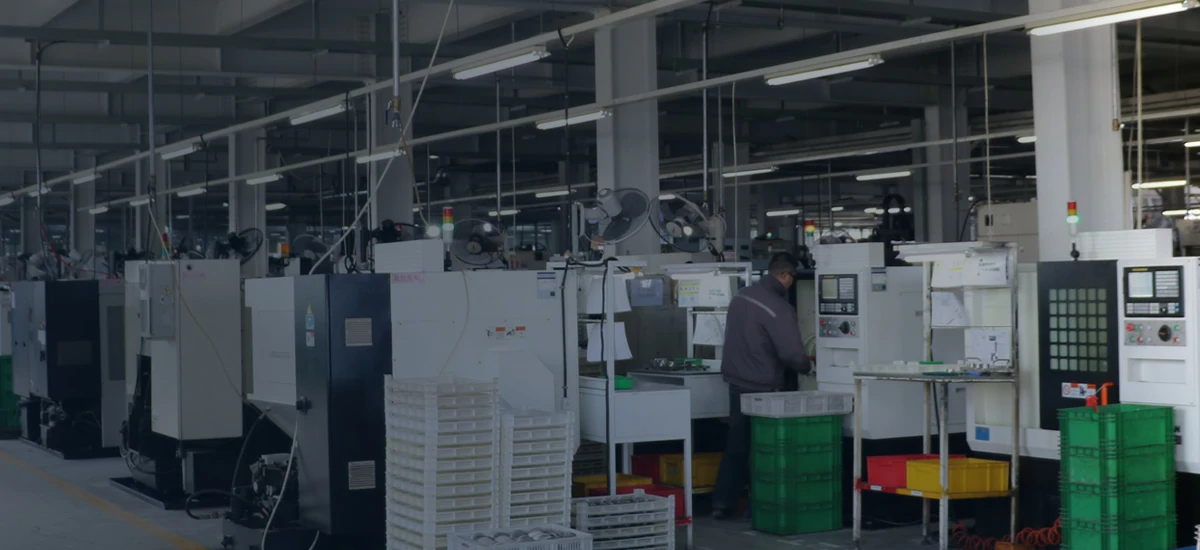
Vertical Machining Center (VMC) Introduction
-
1. Definition:
Vertical Machining Center is a CNC machine tool used to perform machining on workpieces in vertical orientation. It has a multi-axis CNC system and can perform a variety of metal machining operations such as cutting, milling and drilling.
-
2. Structural features:
Vertical Spindle: Compared to horizontal machining centers, the spindle of vertical machining centers is arranged vertically and the tool moves in vertical direction. Tool magazine and automatic tool changer system: Equipped with tool magazine and automatic tool changer system, it can accommodate many different types of tools and realize automatic tool change operation. Table: The table moves horizontally in order to place the workpiece in the proper position. CNC: Equipped with a high-precision numerical control system that allows pre-programming of complex cutting paths. CUTTING FLUID SYSTEM: Cutting fluid system for cooling and lubricating the tool and the workpiece. -
3. Principle of operation:
The operator uses CAD/CAM software to design the workpiece and the cutting path.
The designed program is loaded into the CNC system.
The operator clamps the workpiece on the table and selects the appropriate tool.
The machining center is started and the CNC controls the tool to cut according to the predetermined program.
-
4. Main Applications:
Vertical machining centers are widely used in:
Mold manufacturing: Production of plastic injection molds, die-casting molds, etc. Aerospace: Processing aircraft parts, engine parts, etc. Automobile manufacturing: The production of automotive parts, such as engine parts, body parts. General machinery manufacturing: For general mechanical parts processing. -
5. Advantages:
High-precision machining: CNC system provides high-precision cutting control, suitable for workpieces with high precision requirements. High degree of automation: Equipped with automatic tool changer system and CNC system, which makes the operation more automated and improves the productivity. Multi-axis operation: Multi-axis CNC system allows simultaneous machining in multiple directions. Applicable to complex parts: Capable of machining parts with complex shapes, with strong adaptability to machining. -
6. Machining steps:
Design and Programming: Use CAD/CAM software to design parts and generate CNC code. Clamping the workpiece: Clamp the workpiece on the worktable to ensure the correct position. Setting the tool: Select the appropriate tool and install it through the automatic tool changing system. Load Program: Load the CNC code into the CNC system. START MACHINING: Start the vertical machining center, the CNC system in accordance with the predetermined program for automated machining. Monitoring and Inspection: Monitoring and making necessary inspections and adjustments during the machining process.
-
Vertical machining centers play an important role in modern manufacturing, especially in areas where high precision and complex shapes are required.
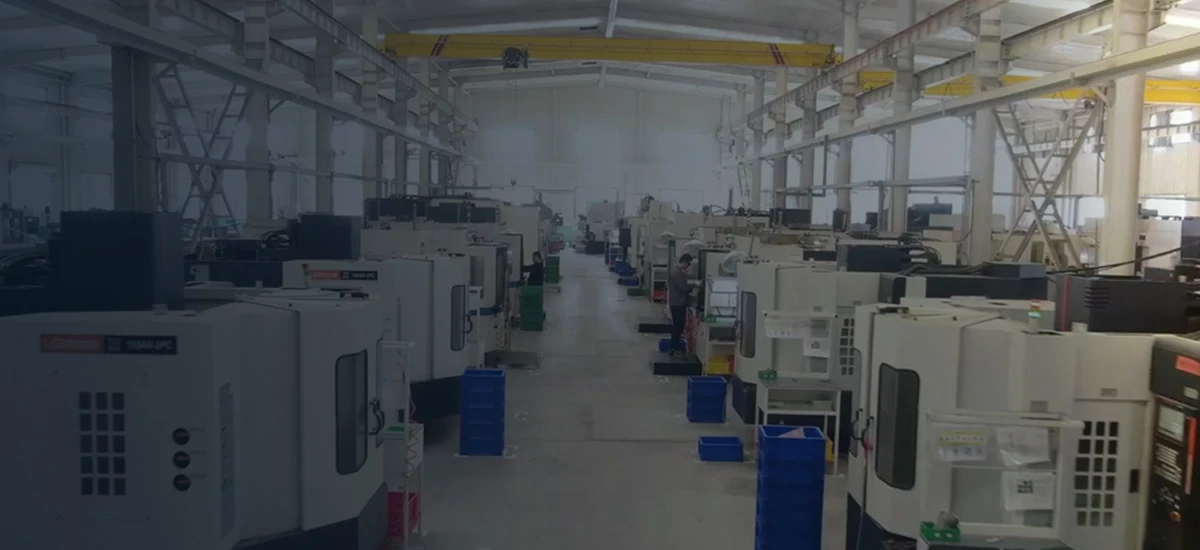
Introduction to Vertical Drilling Machine
-
1. Definition:
Vertical drilling machine is a type of machine tool used to perform drilling operations on workpieces. Compared with other types of drilling machines, its spindle is arranged vertically, making it easy to clamp and position the workpiece in the vertical direction.
-
2. Structural features:
Spindle vertical: The spindle is perpendicular to the horizontal plane, making the upper surface of the workpiece easy to machine. Worktable: The worktable is adjustable in the horizontal direction to adapt to different sizes and shapes of workpieces. Feeding system: Feeding system with adjustable feeding speed and depth. Automation: Some advanced vertical drilling machines are equipped with a CNC system for automated control. Cooling system: Equipped with a cooling system to ensure proper temperature is maintained during the drilling process to improve tool life. -
3. Principle of operation:
The operator sets and clamps the workpiece on the table.
Adjust the feed system to determine the desired feed speed and depth.
The drilling machine is started and the spindle rotates the drill to perform the drilling operation.
The feed system gradually moves the drill bit deeper into the workpiece to complete the drilling.
-
4. Main Applications:
Vertical drilling machines are widely used in the following areas:
Metal processing: Drilling metal workpiece, manufacturing parts, molds and so on. Woodworking: For drilling of wood, man-made boards and so on. Construction industry: For drilling holes in building structures. Electronics industry: Drilling holes for mounting electronic components. -
5. Advantages:
Simple and easy to use: Relatively simple operation, suitable for some basic drilling tasks. Vertical Drilling: The spindle is arranged vertically and is suitable for scenarios that require vertical drilling on the upper surface of the workpiece. Affordable: Vertical drilling machines are usually more affordable than some of the more advanced multi-purpose drilling machines. -
6. Machining steps:
Design and Prepare Workpiece: Determine the drilling position, design and prepare the workpiece. Clamp the workpiece: Clamp the workpiece on the table to ensure stability. Setting the feed system: Set the feed speed and depth according to the process requirements.
Starting the drilling machine: The machine is started, the spindle rotates and the drill enters the workpiece for drilling. Monitor machining: Monitor feed and spindle speed during machining to ensure proper operation. Inspection and Adjustment: After drilling is completed, check the hole size and make adjustments if necessary.
-
The Vertical Drilling Machine is a common metalworking tool for drilling operations that require less precision and relatively simple shapes.
